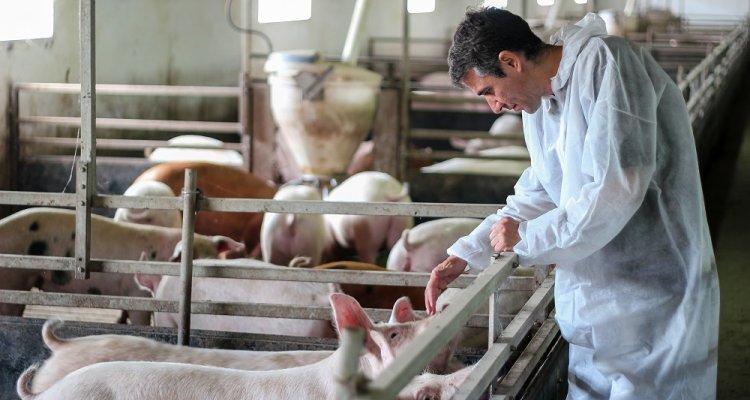
Partnership
Global One Health Research Partnership
Wageningen University & Research has formed a consortium with Nanjing Agricultural University, Massey University in New Zealand and UC Davis in California in a bid to fortify international collaboration in research and education in the domain of Global One Health. A Memorandum of Understanding (MoU) has been signed between the four renowned agricultural universities, which together form the Global One Health Research Partnership (GOHRP).
Annual symposium for the dissemination of knowledge
The GOHRP consortium will organise an annual symposium to galvanise collaboration on significant Global One Health issues. Global implementation of the One Health approach in research centres on interdisciplinarity and sharing knowledge about human, animal and plant health and living environments. This is the best way to tackle critical issues such as climate change, biodiversity loss, the risk posed by zoonoses and antimicrobial resistance while working towards a healthy future for the world’s population.
The symposium was held for the first time in Wageningen in 2018, followed by the second edition in Davis, California (USA), at the School of Veterinary Medicine of UC Davis. During the covid years, the annual symposium was held online. The 2023 symposium took place in Wellington and Palmerston-North, New Zealand. The delegations will meet in Wageningen once again in 2024.

The key goal of the symposia is sharing knowledge. Experts and policy-makers speak and discuss critical global health issues and how to collectively address them at a national and international level. PhD students working on One Health topics present their research and have the opportunity to meet their international peers. Together, the participants aim to identify gaps in the One-Health research, education and policies. Discussions touch on all aspects of global health issues, from early identification to control and from preparedness to prevention.